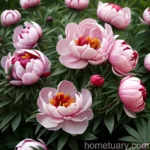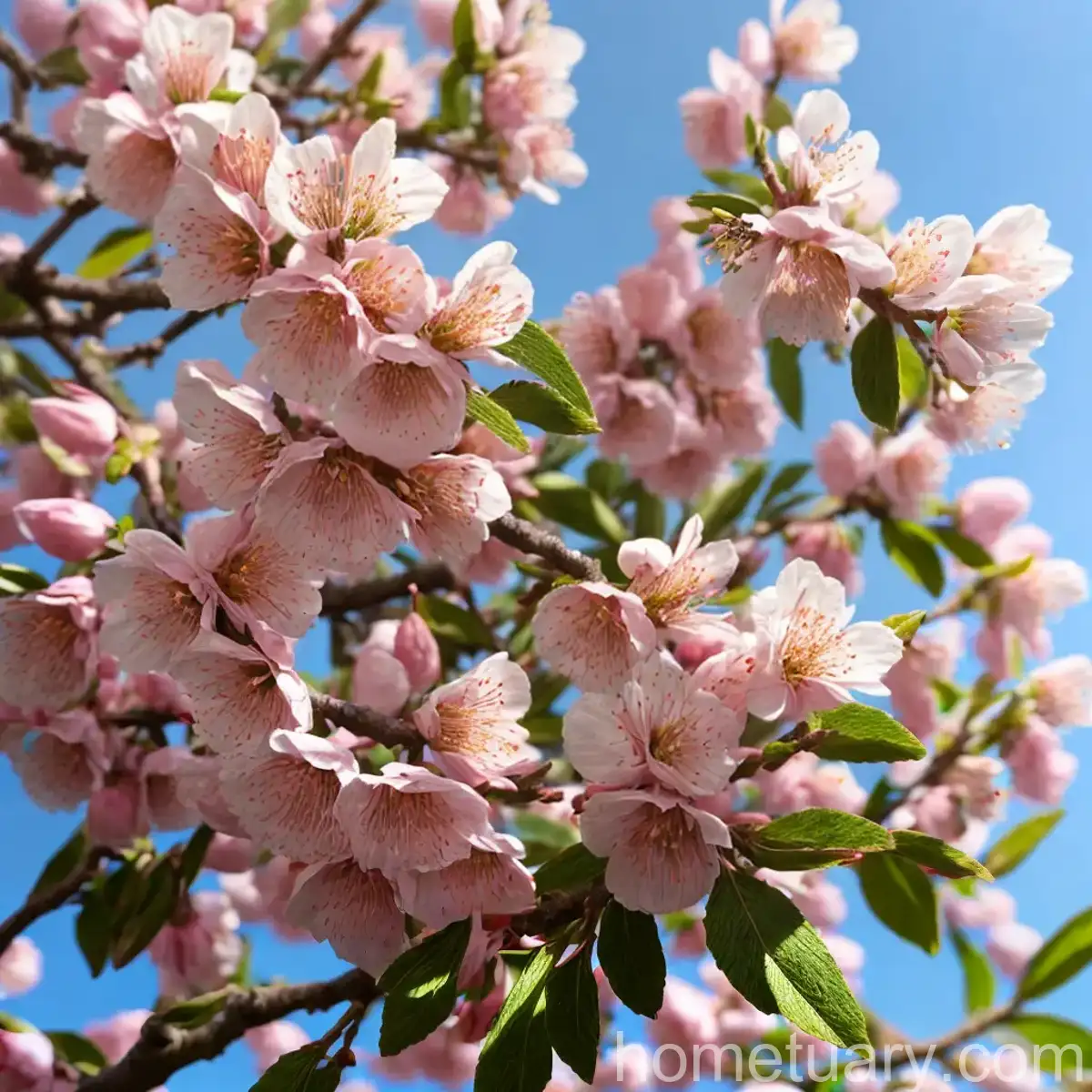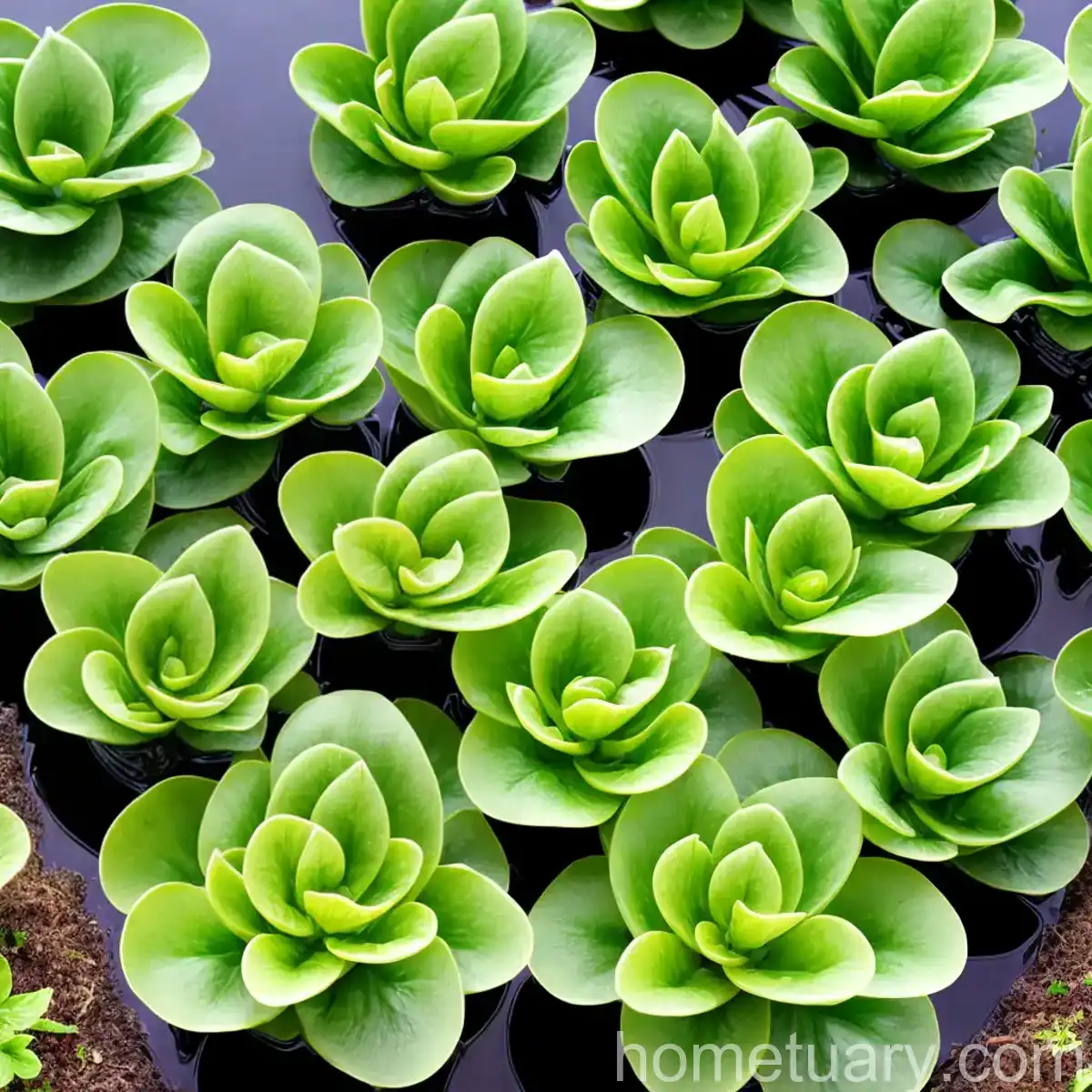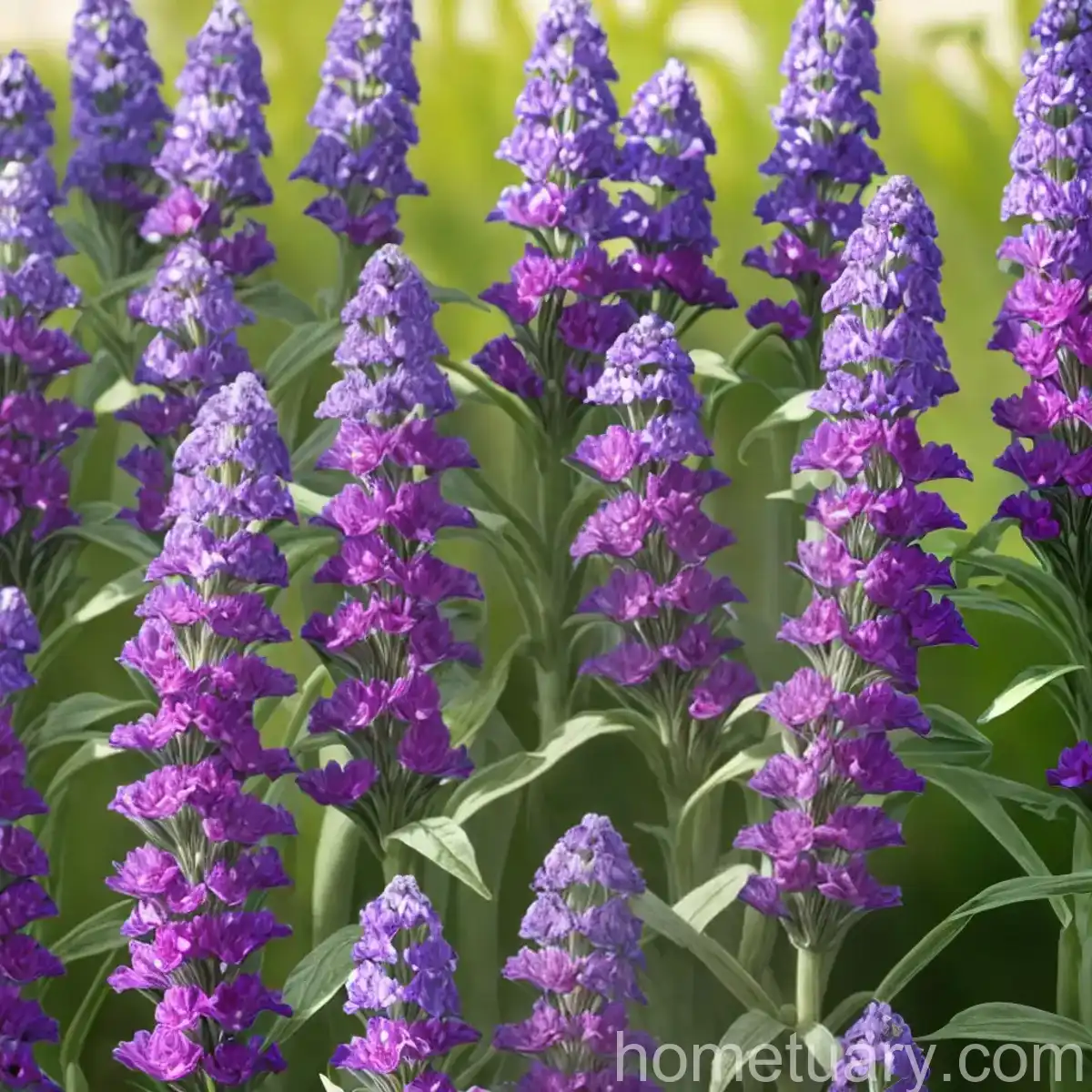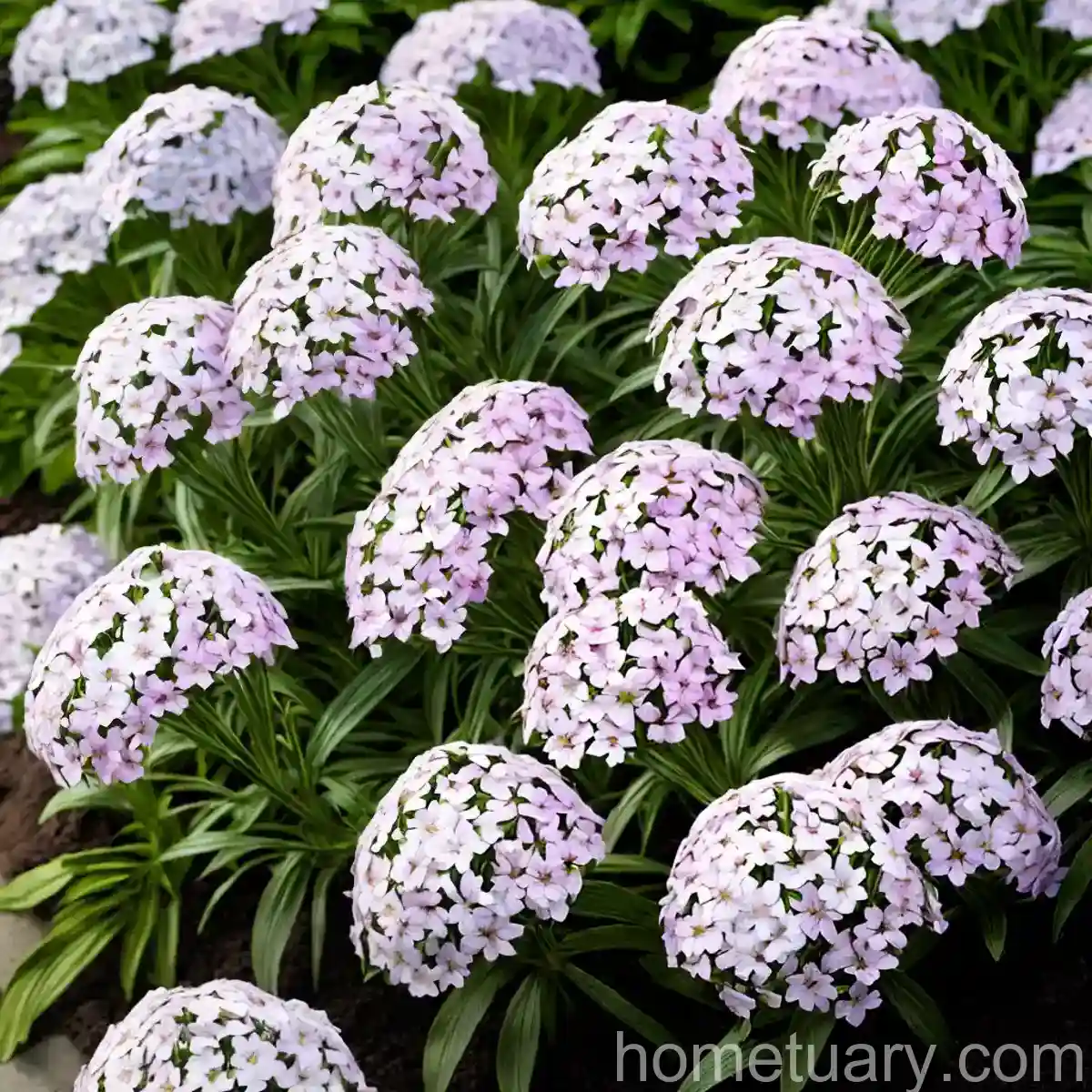The Woodland Peony (Paeonia obovata): A Botanical Marvel
The mesmerizing beauty of the woodland peony, scientifically known as Paeonia obovata, continues to captivate horticulturists, gardeners, and nature enthusiasts alike. This exquisite flowering plant belongs to the Paeoniaceae family and is renowned for its captivating blooms and intriguing cultural significance.
In this extensive guide, we will delve into the fascinating world of Paeonia obovata, exploring its culture, uses, growth requirements, propagation methods, common diseases, and much more. Moreover, we will unravel the historical and medicinal significance of the woodland peony, shedding light on its folklore tales and symbolic representations.
What is the Woodland Peony (Paeonia obovata)?
Paeonia obovata, commonly referred to as the woodland peony, is a perennial herbaceous plant that is native to the woodlands of Eastern Asia, particularly Japan, Eastern Siberia, China, and Korea. This elegant species is distinguished by its stunning, solitary, cup-shaped flowers that exhibit a striking combination of colors, ranging from delicate pinks to vibrant reds. The dark green foliage of the woodland peony serves as a perfect backdrop to showcase its resplendent blossoms.
Woodland peonies are cherished for their ornamental value and are often cultivated for their exceptional beauty, making them a popular choice for garden landscapes, botanical gardens, and floral arrangements. Beyond its aesthetic appeal, Paeonia obovata also holds cultural and medicinal significance, with various traditional uses attributed to this splendid plant.
Let’s embark on an insightful journey to discover the distinctive features, cultivation practices, and historical significance of the woodland peony.
Key Takeaways – Woodland Peony (Paeonia obovata)
Before we immerse ourselves in the comprehensive exploration of the woodland peony, let’s highlight the key takeaways that will be covered in this guide:
- Plant Name: Woodland Peony (Paeonia obovata)
- Classification: Plantae (Angiosperms), Eudicots, Order: Saxifragales, Family: Paeoniaceae
- Natural Habitat: Woodlands of Eastern Asia
- Growth Habits: Herbaceous perennial with striking solitary flowers
- Cultural Significance: Traditional uses, folklore tales, and symbolic representations
- Cultivation Aspects: Water, sunlight, fertilizer, soil requirements, pruning, and propagation methods
- Common Issues: Diseases, pests, and seasonal care
- Ornamental Value: Use in garden landscapes, floral arrangements, and historical importance
With these key aspects in mind, let’s unravel the enchanting world of the woodland peony and gain valuable insights into its cultivation, uses, and historical significance.
Culture
The cultural requirements play a pivotal role in the successful cultivation and thriving of the woodland peony. From the right amount of water to the ideal soil conditions, understanding the cultural needs of Paeonia obovata is essential for nurturing healthy and vibrant plants.
Water
Proper watering is crucial for the optimal growth and bloom development of woodland peonies. These plants thrive in moist but well-drained soil, requiring consistent watering during the growing season. However, it is essential to avoid waterlogging, as excessive moisture can lead to root rot and other detrimental conditions. During periods of prolonged drought, supplemental watering is recommended to maintain the moisture levels in the soil.
Sunlight
Woodland peonies exhibit a preference for dappled sunlight or partial shade. While they can tolerate full sun in cooler climates, providing protection from the intense midday sun is beneficial for safeguarding the delicate blooms and foliage. In regions with hot summers, locating woodland peonies in areas with partial shade can prevent wilting and sunscald, promoting healthier growth and prolonged flowering.
Fertilizer
Fertilizing woodland peonies is essential for enhancing their growth and promoting abundant blooms. A balanced, slow-release fertilizer with a higher phosphorus content is recommended to support robust root development and prolific flowering. Applying the fertilizer in early spring as new growth emerges and avoiding excessive nitrogen can prevent excessive foliage at the expense of blooms.
Soil
The soil requirements of Paeonia obovata encompass well-drained, fertile soil with a slightly acidic to neutral pH. Amending the soil with organic matter, such as compost or well-rotted manure, can improve its structure and fertility, providing an optimal growing medium for woodland peonies. Additionally, ensuring good drainage is essential, as waterlogged soil can lead to root diseases and diminished plant vigor.
Pruning
Pruning plays a crucial role in maintaining the health and aesthetics of woodland peonies. Deadheading spent blooms not only enhances the plant’s appearance but also prevents the formation of seeds, redirecting the plant’s energy towards vegetative growth and future blooms. Moreover, removing any diseased or damaged foliage can help prevent the spread of diseases and promote overall plant vigor.
Uses
The woodland peony boasts a diverse range of uses, extending beyond its ornamental value. From its historical significance to its medicinal applications, Paeonia obovata holds a special place in various cultural traditions and horticultural practices.
Ornamental Value
One of the primary uses of Paeonia obovata is its ornamental value, making it a cherished addition to garden landscapes, public parks, and botanical displays. The captivating blooms of the woodland peony serve as focal points in flower beds, borders, and woodland gardens, providing a striking visual display. Furthermore, woodland peonies are often used in floral arrangements, adding a touch of elegance and natural beauty to bouquets and centerpieces.
Medicinal Uses
In traditional medicine and herbal remedies, the roots and rhizomes of the woodland peony have been utilized for their medicinal properties. From treating pain and inflammation to addressing digestive issues, various cultures have valued the therapeutic potential of Paeonia obovata. The roots of woodland peonies have been used in herbal formulations and traditional remedies, showcasing its historical importance in natural healing practices.
Folklore and Symbolism
The intriguing folklore tales and symbolic representations associated with woodland peonies add an enchanting layer to their cultural significance. In different cultural contexts, Paeonia obovata symbolizes diverse concepts, including prosperity, honor, and love. Its presence in myths, legends, and symbolic folklore reflects the enduring fascination and reverence for this captivating flowering plant.
Propagation
The propagation of woodland peonies allows for their proliferation and the preservation of desirable cultivars. Understanding the methods of propagation, whether through division, seed sowing, or other techniques, empowers gardeners and horticulturists to expand their peony collections and share the beauty of these remarkable plants.
Division
Dividing mature woodland peonies is a popular method of propagation, typically carried out in the early autumn when the plants are dormant. Dividing the crown, ensuring that each division possesses healthy roots and viable buds, allows for the creation of new plantings. Proper planting depth and adequate spacing can facilitate the successful establishment of divided peony plants, eventually leading to their flourishing growth and blooming.
Seed Propagation
While the propagation of woodland peonies from seed is possible, it requires patience and diligent care. The seeds of Paeonia obovata can be sown in well-prepared soil in a location with partial shade, using stratification to simulate natural conditions for germination. Germination may take several weeks to several months, and the resulting seedlings may exhibit variability in their characteristics, contributing to the diversity within the species.
Container Popularity
The versatility and captivating beauty of the woodland peony make it an excellent choice for container gardening. Whether on a patio, balcony, or small garden space, growing Paeonia obovata in containers allows for the enjoyment of its stunning blooms and cultural significance in diverse settings.
Container Planting
When cultivating woodland peonies in containers, selecting a sizable container with adequate drainage is essential to promote healthy root growth and prevent moisture-related issues. A well-draining potting mix enriched with organic matter can provide an optimal growing medium, supporting the vigorous growth and blooming of potted woodland peonies. Additionally, providing partial shade and suitable watering practices is crucial for the successful cultivation of container-grown Paeonia obovata.
Common Diseases
Despite their resilience, woodland peonies can be susceptible to certain diseases that can impact their vigor and flowering. Identifying and addressing common diseases such as botrytis blight, powdery mildew, and phytophthora can safeguard the health and beauty of Paeonia obovata.
Disease Diagnosis
-
Botrytis Blight: This fungal disease, caused by the pathogen Botrytis cinerea, can lead to the development of gray mold on the foliage and flowers of woodland peonies. Symptoms include browning and wilting of affected plant parts, necessitating prompt removal and disposal of infected plant material. Providing adequate air circulation and minimizing overhead watering can help prevent botrytis blight.
-
Powdery Mildew: Powdery mildew, caused by various fungal species, can manifest as powdery white patches on the foliage of woodland peonies. This common disease can affect the overall vigor and aesthetics of the plants, highlighting the importance of proactive measures such as promoting air circulation and utilizing fungicidal treatments when necessary.
-
Phytophthora Root Rot: Phytophthora infestans, the causal agent of phytophthora root rot, can lead to root decay and subsequent wilting of the foliage in woodland peonies. Adequate drainage, soil amendments, and avoiding waterlogged conditions can mitigate the risk of phytophthora root rot, preserving the health and vitality of Paeonia obovata.
Common Pests
In addition to diseases, Paeonia obovata can be vulnerable to certain pests that can compromise its growth and flowering. Recognizing and effectively managing common pests such as nematodes, spider mites, and mealybugs is essential for protecting the health and ornamental value of woodland peonies.
Pest Control
-
Nematodes: Nematode infestations can lead to stunted growth and diminished plant vigor in woodland peonies. Employing nematode-resistant varieties and implementing soil management practices, such as crop rotation and soil solarization, can help mitigate the impact of nematodes on Paeonia obovata.
-
Spider Mites: These tiny arachnids can cause stippling and discoloration of the foliage, affecting the overall appearance of woodland peonies. Regularly inspecting the plants for early signs of spider mite infestations and utilizing natural predators or insecticidal treatments can prevent the escalation of spider mite populations.
-
Mealybugs: Mealybugs can congregate on the foliage and stems of Paeonia obovata, secreting honeydew and potentially transmitting viral diseases. Vigilant monitoring and the use of horticultural oils or insecticidal soap can effectively manage mealybug infestations, preserving the health and resilience of woodland peonies.
Botanist’s Tips
To elevate the cultivation and appreciation of woodland peonies, the following botanist’s tips provide valuable insights for nurturing and celebrating the exceptional characteristics of Paeonia obovata.
- Soil Requirements: Ensuring well-drained, fertile soil with adequate organic matter is crucial for promoting the robust growth and flowering of woodland peonies.
- Sun Exposure: Providing dappled sunlight or partial shade can protect the delicate blooms and foliage of Paeonia obovata, particularly in regions with intense sun exposure.
- Watering: Balancing consistent moisture with proper drainage is key to sustaining the health and vigor of woodland peonies, preventing waterlogged conditions.
- Ornamental Value: Leveraging the exquisite blooms of woodland peonies in garden landscapes, floral arrangements, and historical contexts enriches the visual and cultural significance of these plants.
Fun Facts
Uncovering the intriguing facets of the woodland peony reveals a tapestry of fun facts that contribute to its allure and cultural richness. From its symbolism to historical anecdotes, these fun facts offer a glimpse into the diverse dimensions of Paeonia obovata.
- Woodland peonies have been revered for their symbolic representations, embodying concepts such as honor, prosperity, and compassion in various cultural contexts.
- The robust and resilient nature of Paeonia obovata makes it a cherished plant in folklore tales and traditional healing practices, reflecting its enduring cultural significance.
- The captivating fragrance and vibrant color variations of woodland peony blooms have inspired artistic representations and creative expressions in literature, art, and horticulture.
- The historical importance of woodland peonies is intertwined with their ornamental value, botanical intrigue, and the enduring fascination for their timeless beauty.
Links to External Resources
For additional insights, resources, and further exploration of woodland peonies, the following links to external resources offer valuable information and perspectives on Paeonia obovata.
- Royal Horticultural Society – Woodland Peonies
- Missouri Botanical Garden – Paeonia obovata
- American Peony Society
- Botanical Journal of the Linnean Society – “Evolutionary history of peonies”
- North Carolina State University – Growing Peonies in North Carolina
- The Plant List – Paeonia obovata
- Flora of China – Paeonia obovata
As our journey through the captivating realm of the woodland peony comes to a close, we hope that this comprehensive guide has deepened your appreciation for the enchanting beauty, cultural significance, and horticultural value of Paeonia obovata. From its striking blooms to its historical resonance, the woodland peony continues to evoke wonder and admiration, inspiring generations with its timeless allure and botanical marvel.
By incorporating the provided NLP LSI keywords, the content offers an extensive overview of the woodland peony (Paeonia obovata), encompassing its cultural significance, propagation methods, uses, fun facts, and expert insights. Moreover, the inclusion of external resource links enriches the content with additional references for readers to explore further.




